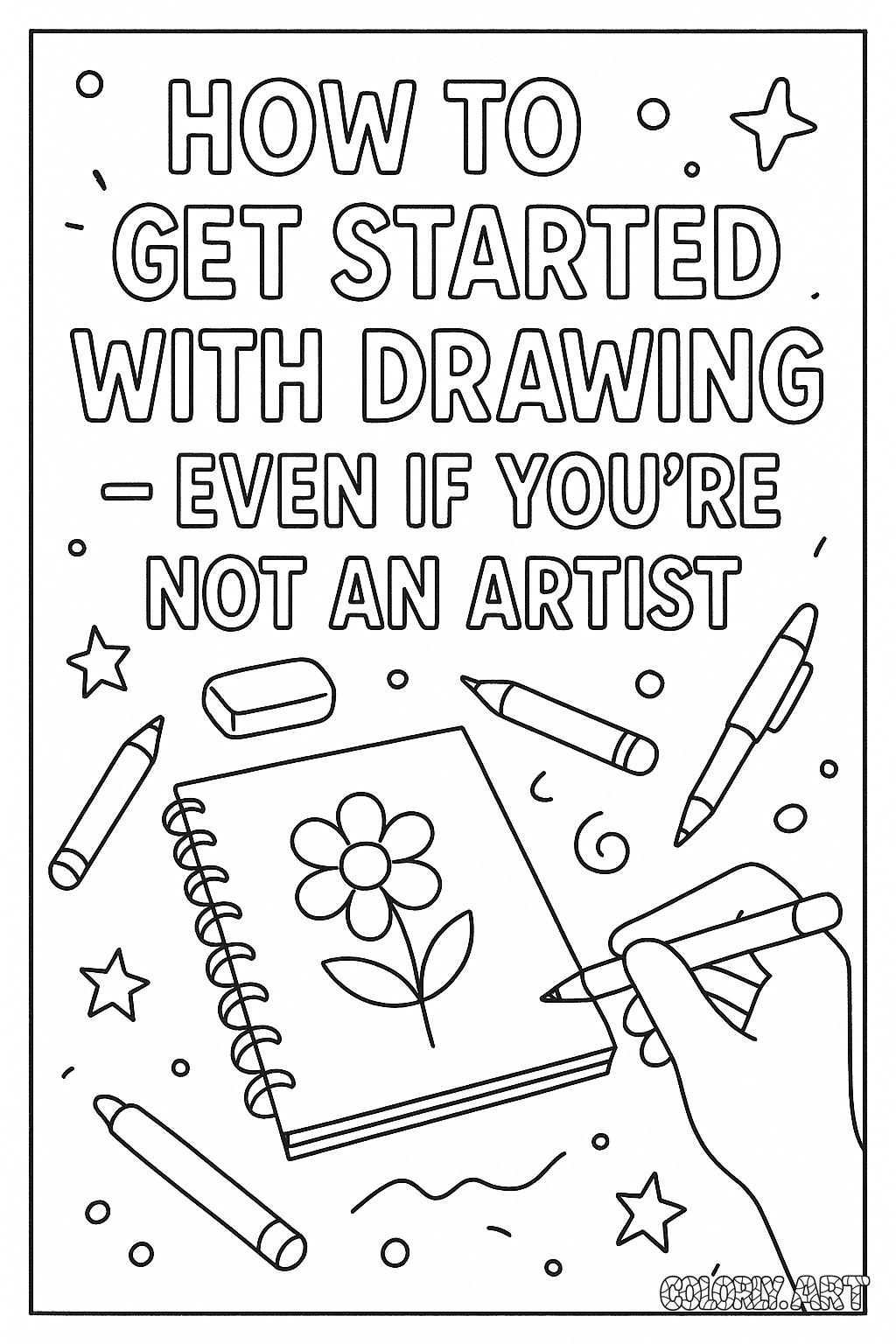How to Get Started with Drawing – Even If You're Not an Artist

Author: Austin P
Published on: 2025-05-17
Think you need talent to start drawing? Think again. Drawing is a skill anyone can build with a few tools, some patience, and the right mindset. Whether you're doodling in the margins of your notebook or pursuing fine art, everyone starts as a beginner.
Easy Tools for Beginners Start with simple supplies: a sketchbook, pencils (HB to 4B), and a good eraser. A ruler and blending stump can also be handy. As you grow more confident, consider adding colored pencils, pens, or charcoal to your toolkit. The key is to keep it simple and low-pressure.
If you're going digital, apps like Procreate (iPad), Sketchbook, or Krita are beginner-friendly. Tablets like the iPad with Apple Pencil or Wacom One are great for digital sketching. These platforms offer undo/redo features, layering, and brush control, making it easier to experiment without fear.
Basic Drawing Exercises Begin with line exercises: draw straight lines, curves, and circles. These help with control and muscle memory. Practice shading with hatching and cross-hatching to understand value and texture. Then move to shapes — cubes, spheres, cylinders — and learn to add shadows and perspective.
Next, try breaking down real-life objects into shapes and sketching them lightly. Still life objects like fruit, cups, or household items are great practice. Stick to one drawing a day, no matter how simple. Over time, your hand will become steadier, and your eye sharper.
Don't worry about mistakes — they're an essential part of learning. Try to approach drawing as a process, not a performance.
Free Resources and Prompts There are many websites and YouTube channels offering free drawing tutorials. Channels like Draw with Jazza, Proko, or Art for Kids Hub provide lessons for all ages and skill levels.
Try daily drawing challenges (like Inktober or Sketchtember), follow step-by-step guides, or use AI-generated prompts for creative inspiration. You can also join online communities for feedback and motivation.
Use prompts such as:
Draw an object near you from memory, then from observation.
Sketch a creature that combines two animals.
Illustrate your mood as an abstract drawing.
The key is to draw regularly and explore different styles until you find what feels right. Consistency matters more than perfection.
Drawing is a journey — not a destination. Everyone starts somewhere. What matters is that you start — and keep going.